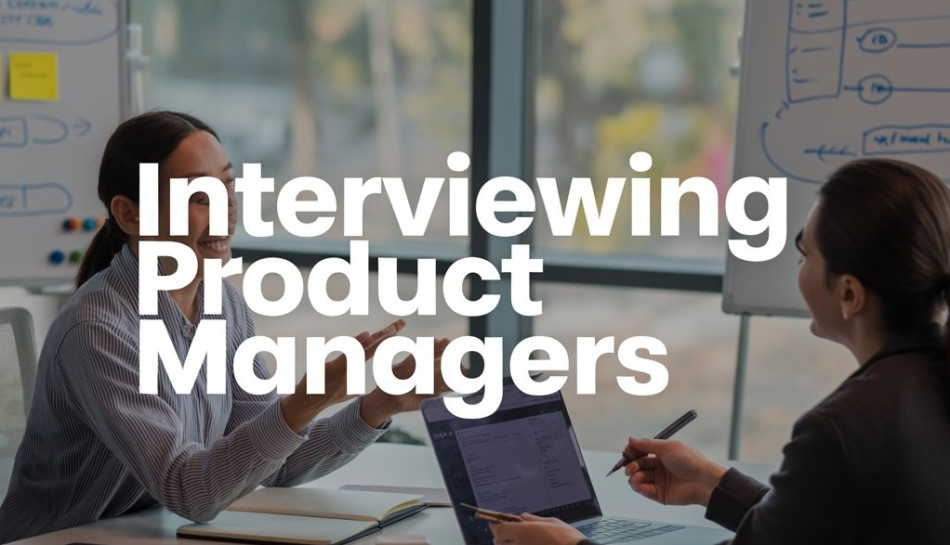Product Management
How to Interview Product Managers
November 9, 2025

Few people are ever trained in interviewing future hires. You’re handed someone’s resume and tossed into a meeting with the candidate. The hiring manager might tell you what topics they want you to cover.
So you think back to the questions people asked you and ask versions of those. What are your strengths and weaknesses? Tell me about your greatest accomplishment? How do you prioritize?
But these don’t really tell you anything about the candidate. They don’t give you great signal about their relative skill in doing the job. What if their greatest accomplishment has nothing to do with building products? And even if it does, what are you going to learn from them describing it?
When you ask them how they do something, you’ll get an idealized version of what they would do, instead of a realistic description of how they really work.
The best way to improve your questions is to define your intent up front. Identify the traits and skills you’re looking for, and think of a way the candidate can demonstrate that skill in an interview. This usually involves asking them to describe real-world situations that used the skill.
For all your questions, write down what you are trying to learn by asking it. Think through what a strong answer would be and how you’d distinguish from a weak answer.
During the interview, probe their answers to find out what they specifically did. Product managers accomplish almost all their work through the team, so it can be hard to get them to say what they actually did. Getting this is crucial.
To get you started, here are some examples of questions I use in actual product management interviews.
Talk about a time when you needed to make a decision but didn’t have enough data.
- Tests comfort with ambiguity and decision-making frameworks. Strong answers show structured thinking (using proxies or assumptions explicitly stated, setting up ways...

